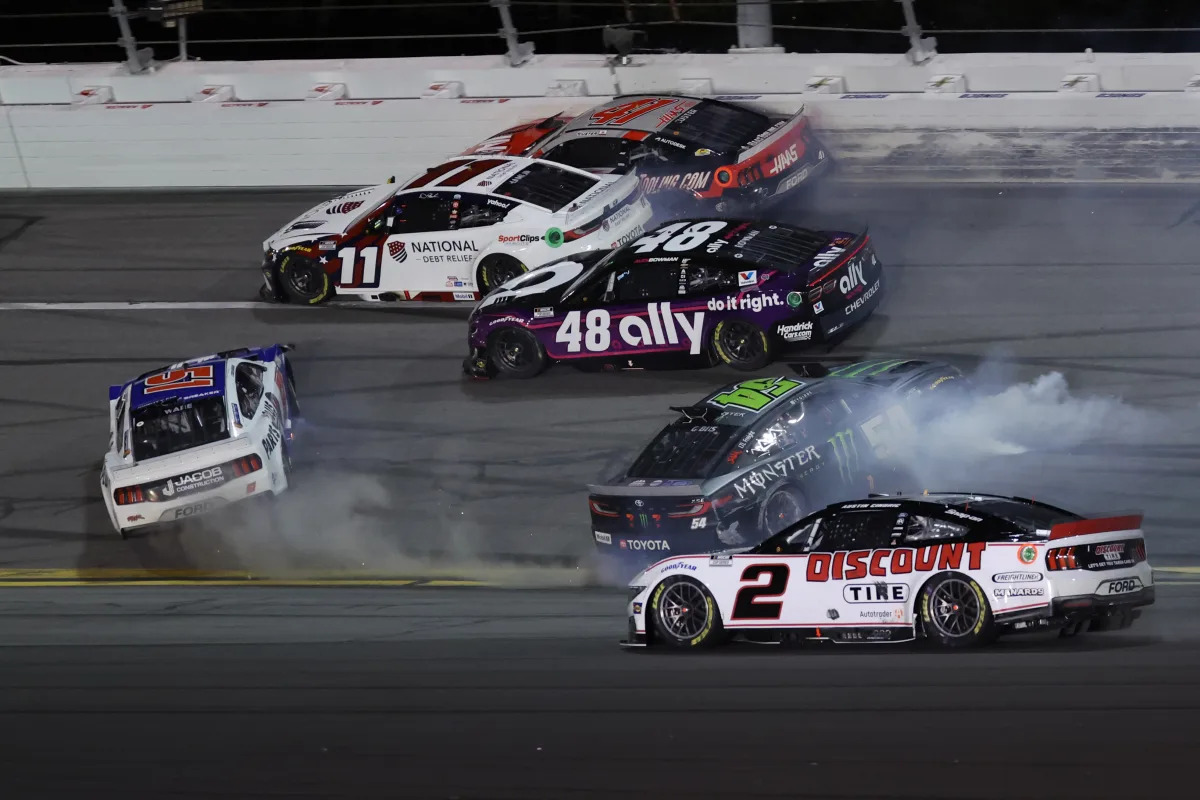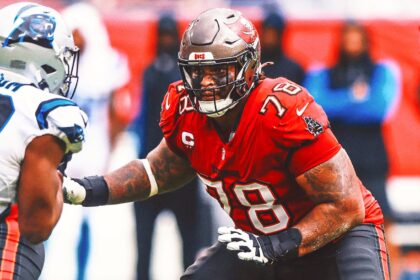NASCAR’s reputation for being chaotic has become well-established, especially at races like the Daytona 500, where crashes often define the event as much as the competition itself. On Sunday night, William Byron clinched his second Daytona 500 victory by being in the perfect spot at the right moment. Although he wasn’t among the top five racers midway through the final lap, Byron capitalized on a crash involving race leader Denny Hamlin and drove safely to win.
Crashes erupted early in the race, setting the tone with chaos that has become typical at the Daytona 500. The race ended under caution after Joey Logano and Brad Keselowski collided while battling for the lead on the final lap. Similar chaos has marked previous races, including Ryan Newman’s 2020 crash, which left him hospitalized after his car flipped upside down on the last lap.
Since NASCAR introduced restrictor plates following the frightening Bobby Allison crash at Talladega in the late 1980s, races at Talladega have been characterized by a focus on avoiding crashes. These restrictors limit engine power, fostering pack racing where cars run closely together, which can lead to bigger multi-car wrecks.
It’s becoming clear that NASCAR may have reached a critical point with Daytona and Talladega races. Following a massive wreck involving 80 of the 114 cars across NASCAR’s top three series at the Daytona season opener last year, many wondered if NASCAR would make changes to reduce these frequent crashes.
However, NASCAR has largely remained inactive on this front. Ryan Preece’s car flipped over twice in two recent Daytona races, with his August crash rolling him over more than ten times, leaving him with black eyes, and another flip occurring just recently. Preece himself questioned why the Cup cars flip so easily, revealing his concern as a father.
This year’s Daytona 500 also marked 24 years since Dale Earnhardt died in a crash during the 2001 race, a tragedy that led to major safety improvements in NASCAR. These advancements deserve recognition, but current race conditions at Daytona and Talladega seem to challenge these safety limits every time drivers push aggressively to pass.
The new 2022 Cup Series car has intensified pack racing issues, forcing drivers into riskier moves with minimal room for error while blocking competitors. This increased pressure often results in crashes, especially in the latter parts of races.
If NASCAR does not take action after the 2024 season, it’s unlikely changes will come any time soon. Byron’s win offers exciting highlights for casual viewers, even if some question the ongoing risk at these redesigned tracks known for their tight racing and major crashes.
—
Fan Take: This latest Daytona 500 highlights the ongoing balancing act NASCAR faces between thrilling competition and driver safety. For fans, the sport’s future depends on whether officials can innovate solutions that keep the excitement without compromising the well-being of drivers and quality of racing.



